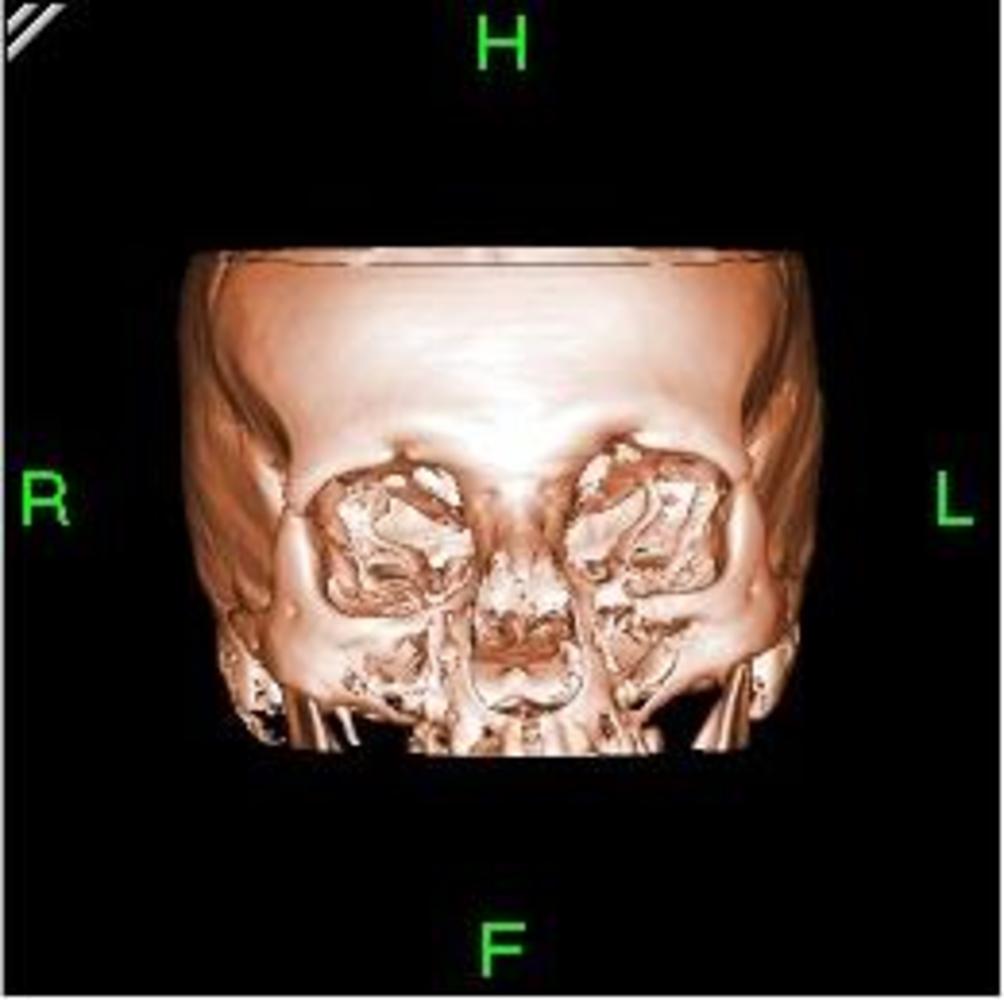X Ray Vision from New Super CT Scanner
Interview with
Chris - A newly launched multimillion pound x-ray imaging facility at the University of Southampton has been providing new insights into a whole host of areas from climate change through to evolution. The combined facilities that they've put into the site not only mean that a lot of things can be scanned very quickly, but also, very large, and I mean seriously large, things can be studied - subjects that they're looking at range from dinosaur remains to bits of aircrafts and even crocodile poo. Jane Reck has been finding out what it's all about.
Jane - Three dimensional x-ray vision is no longer just the domain of fictional characters like Superman. For Professor Ian Sinclair and his team at the University of Southampton, it's all in a day's work. Using something called Computer Tomography (CT), they could find themselves doing anything from gazing within the jaws of an enormous fossilised sea creature to looking at the less appealing intricacies of a landfill site.
Ian - This term tomography means looking at something by slices through it, but the nice thing about computer tomography as we perform it is you don't actually have to cut the thing up to see those slices. And in fact, if you can take many slices of something all at once, you then get a 3D image of what is inside it. The centre offers the single largest high energy, high resolution computer tomography capability in UK universities. The further important thrust of the work is not just scale. It's going to be the numbers of samples that we can put through. In addition to the very large scanning machine, we have another device sitting beside it that will handle smaller objects. In that machine, we can basically scan at a rate that's about ten times faster than what comparable systems around the UK or indeed around the world can typically achieve today. It's not just the scanner. It's the computing hardware and the analysis software that we're integrating together into a complete workflow where the overall productivity, end to end, will just be faster than it is elsewhere.
Jane - The centre is supported by the Engineering and Physical Sciences Research Council. It's being used in an incredible array of projects including examination of the Staffordshire hoard, which is the largest ever find of Anglo-Saxon gold, the structure of plant roots and how they may respond to climate change in the future, and the development of human health and disease. However, even this list doesn't begin to cover everything...
Ian - We have rubbish - real rubbish from landfill sites being pulled up. This is a very important engineering challenge to understand the behaviour of landfill. We are doing innovative, absolutely world-leading work on the performance of composites for structures of a great variety of applications. We use CT to the level that we can look in an airplane wing, and if we really, really need to; find individual carbon fibres. We can understand composite structures, and load them, cause them to fail, understand those failures, and produce new models of a form that will reliably allow engineers to design with these materials in a way that they cannot do at the minute.
Jane - One of the most exciting projects to go behind the 4-ton door of the largest scanner is an enormous fossilised skull of a pliosaur found on the Jurassic coast of England.
Ian - A pliosaur is a fearsome beast, something like 17 metres long. The pieces are large lumps of rock and it is of considerable interest to take the small bits that the skull has become broken down into, scan them, get the exact structure, and then digitally reconstruct it. We can also see the internal structure in considerable fidelity, we can pick out where blood vessels, nerve channels would've lain, where tendons would've been that were holding the whole thing together. There's only a handful that've been found in the world and the skull we have represents one of the most intact and least deformed. It's therefore a very valuable resource to gain information from.
Jane - New insight into the evolution of man is being provided by an unusual find on an archaeological dig in Africa.
Ian - So this is the extremely interesting story of an uninspiring brown lump of rock being brought to the lab with the notion that it may or may not have been a fossilised crocodile poo. This was found in an area of Africa where apes that were ancestors to hominids, humans, were known to live. It was felt to be very important to understand what conditions and what environment they lived in, particularly, was there water, where there lakes around, where there marshes around. The underlying question is, was living in and around water one of the driving forces for apes becoming two-legged and subsequently evolving into human kind as we are now. We imaged it and they came to the conclusion it was a crocodile poo. And this strange small lump of uninspiring nature turns out to be part of a much larger picture of human development and human evolution.
Jane - In the long term, who knows what other uses the centre could be put to? A bit like Superman's powers, it seems the possibilities are endless.
Ian - There are so many opportunities. It seems to be limitless at times. I have used the terminology to people of imagining having Superman's instant 3D x-ray vision. In a way, that's what this gives you - something akin to that can be achieved.










Comments
Add a comment